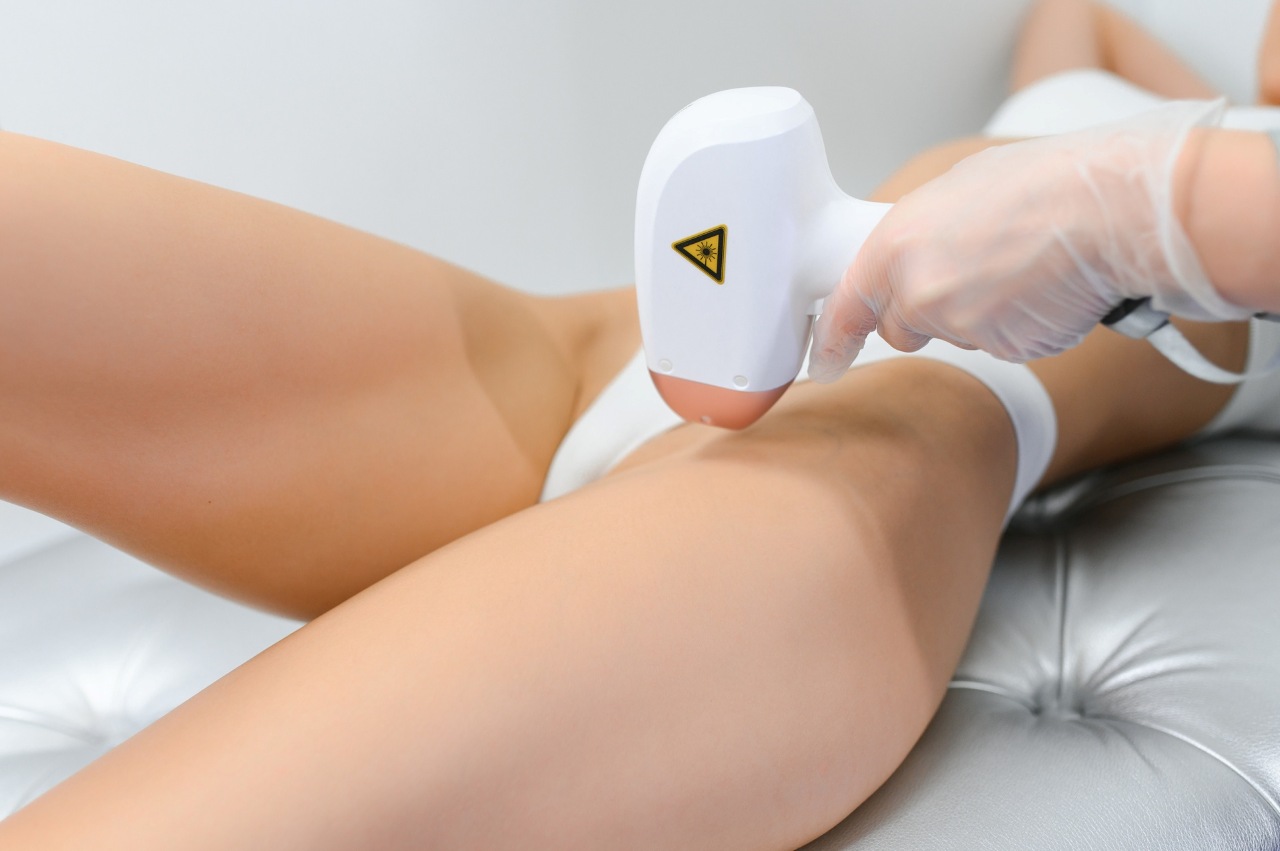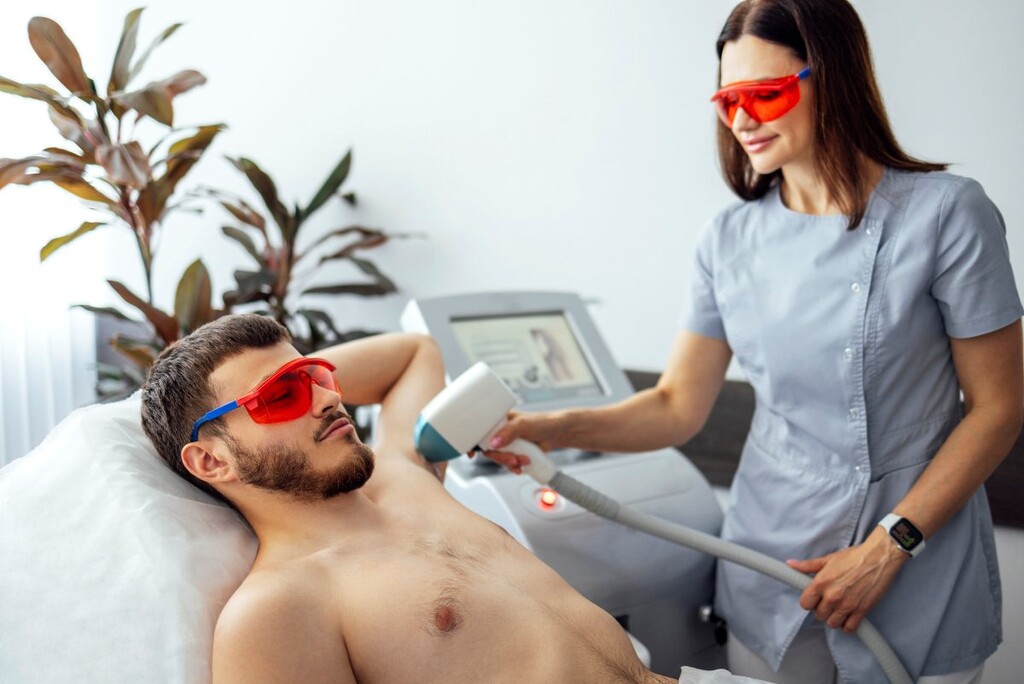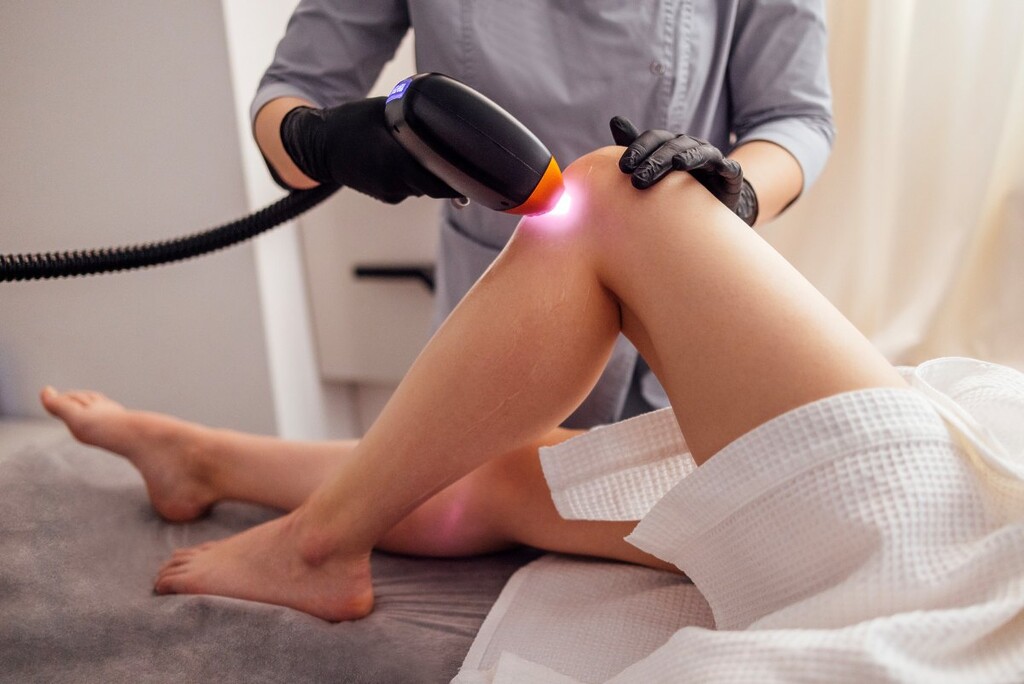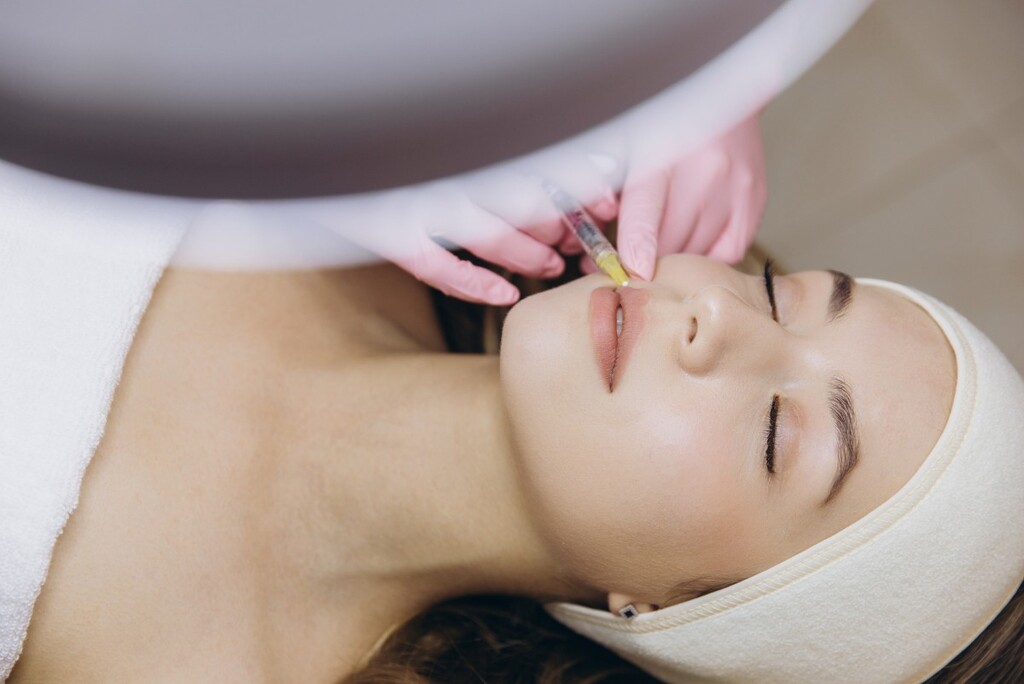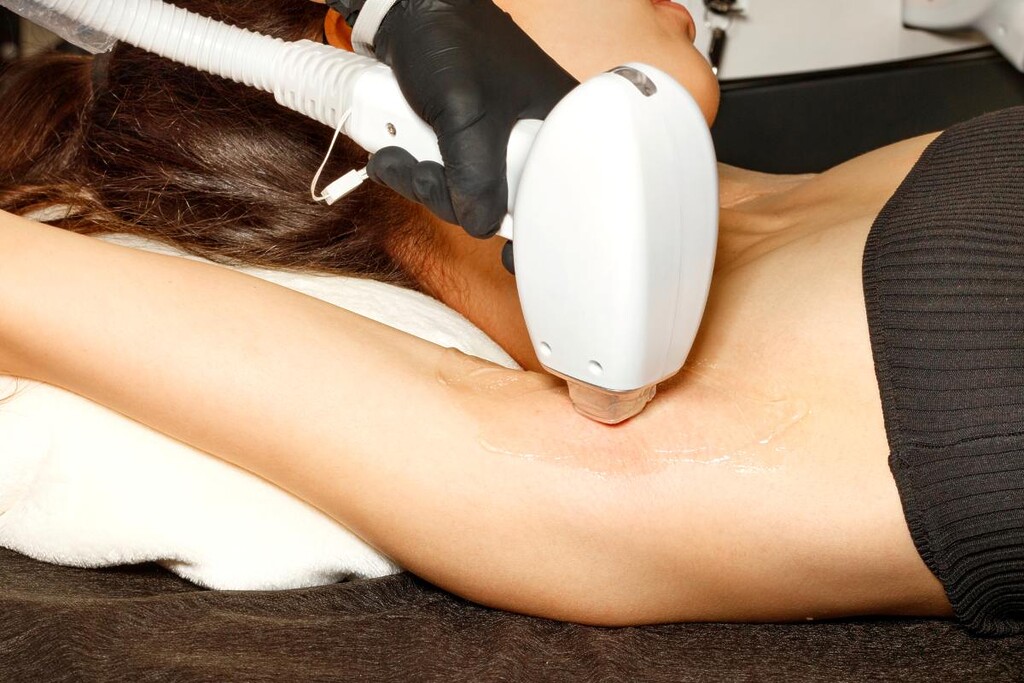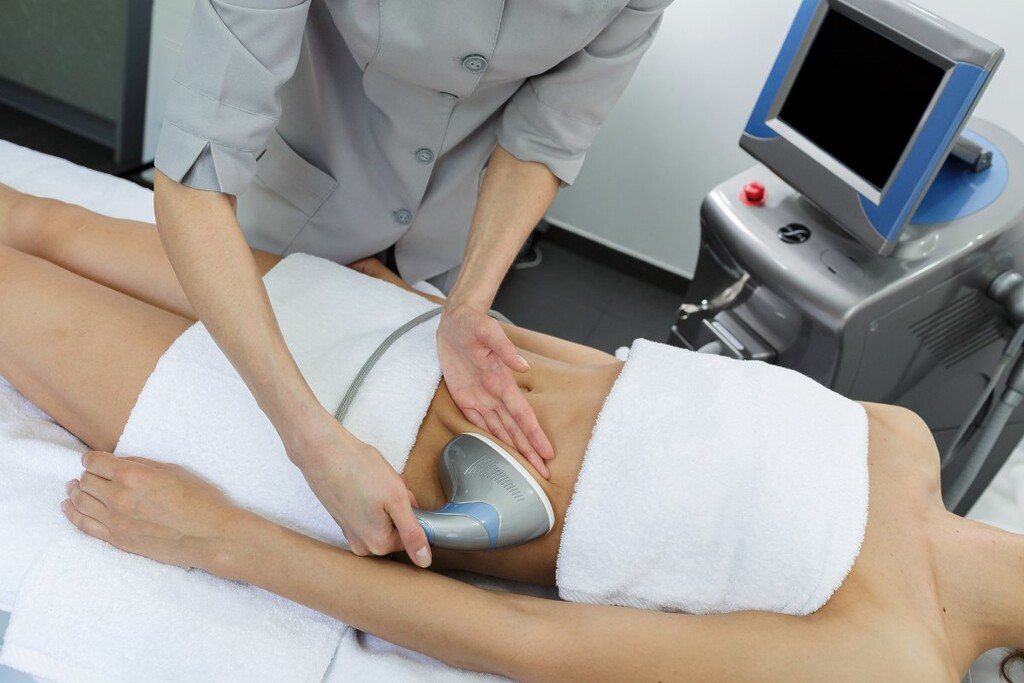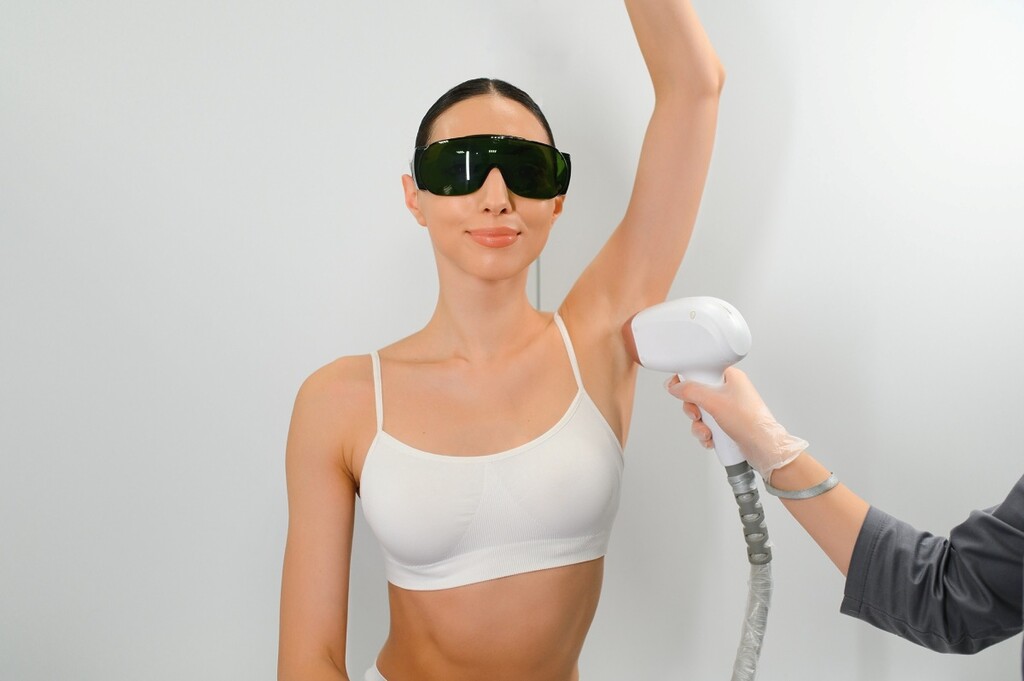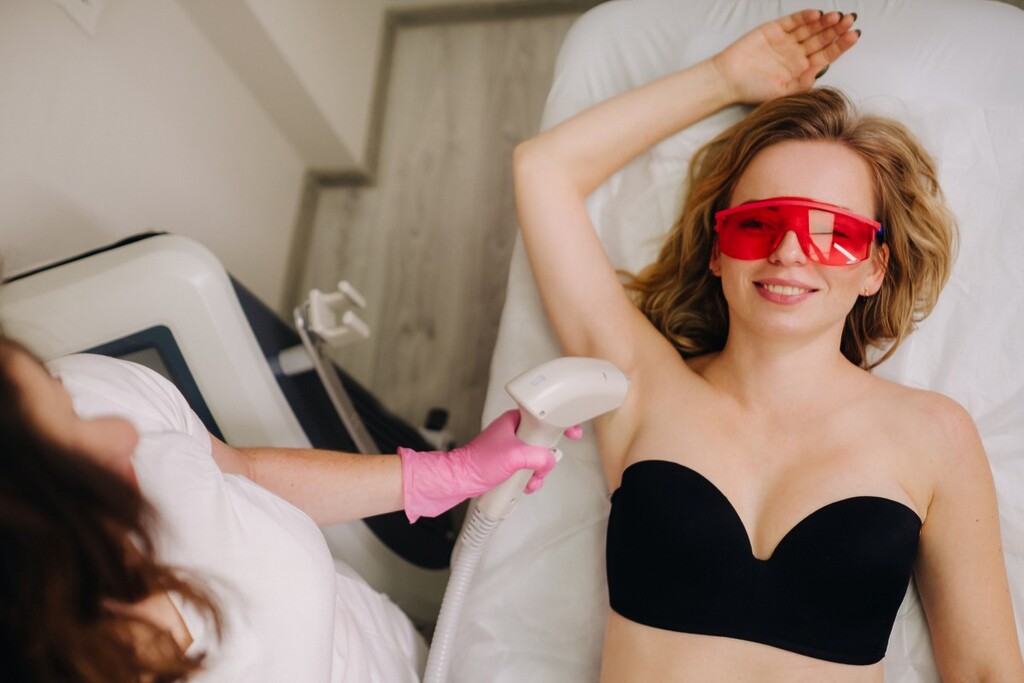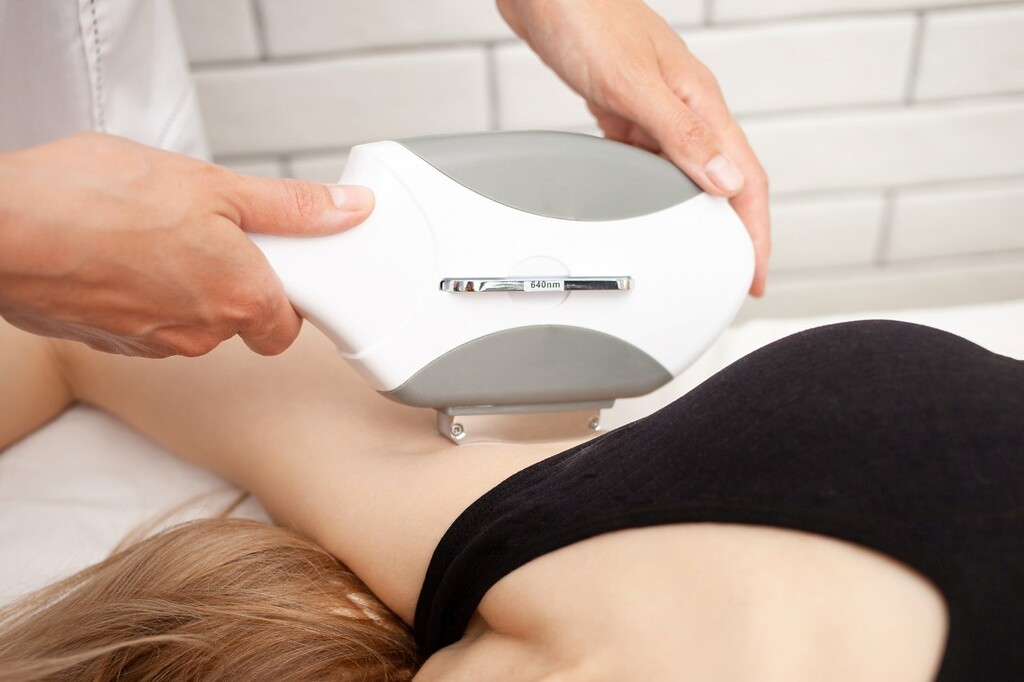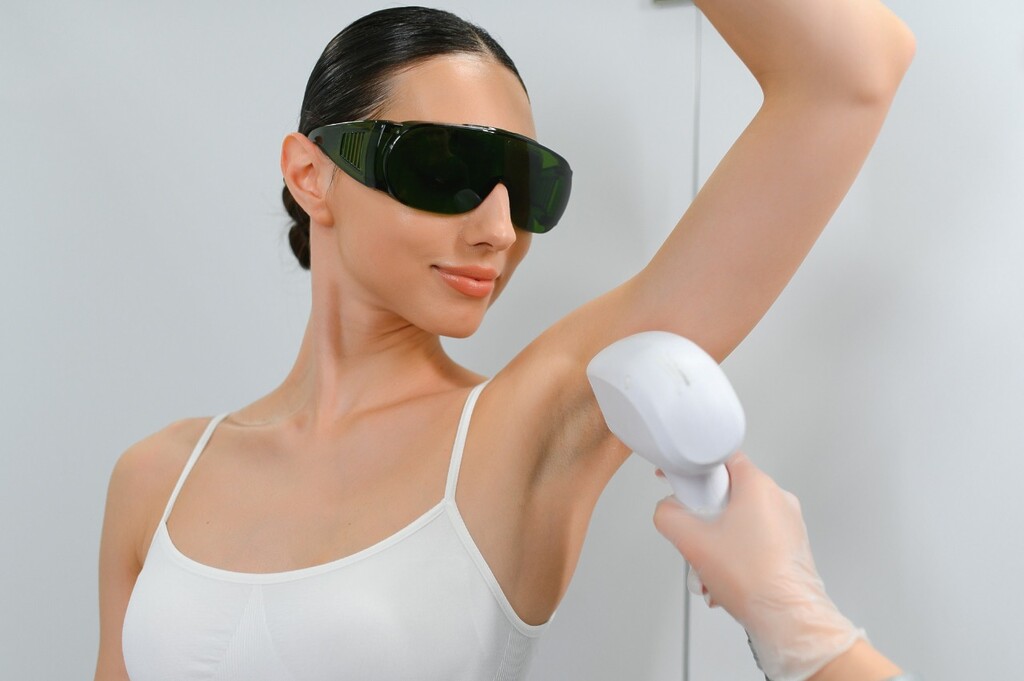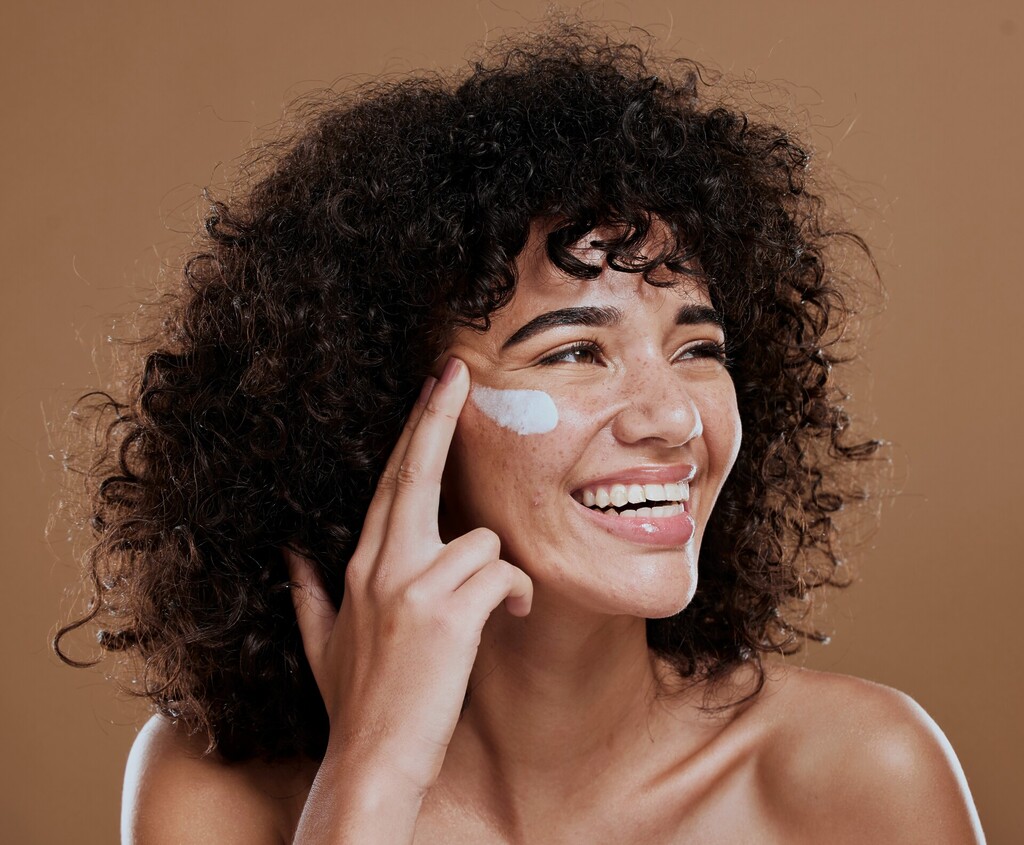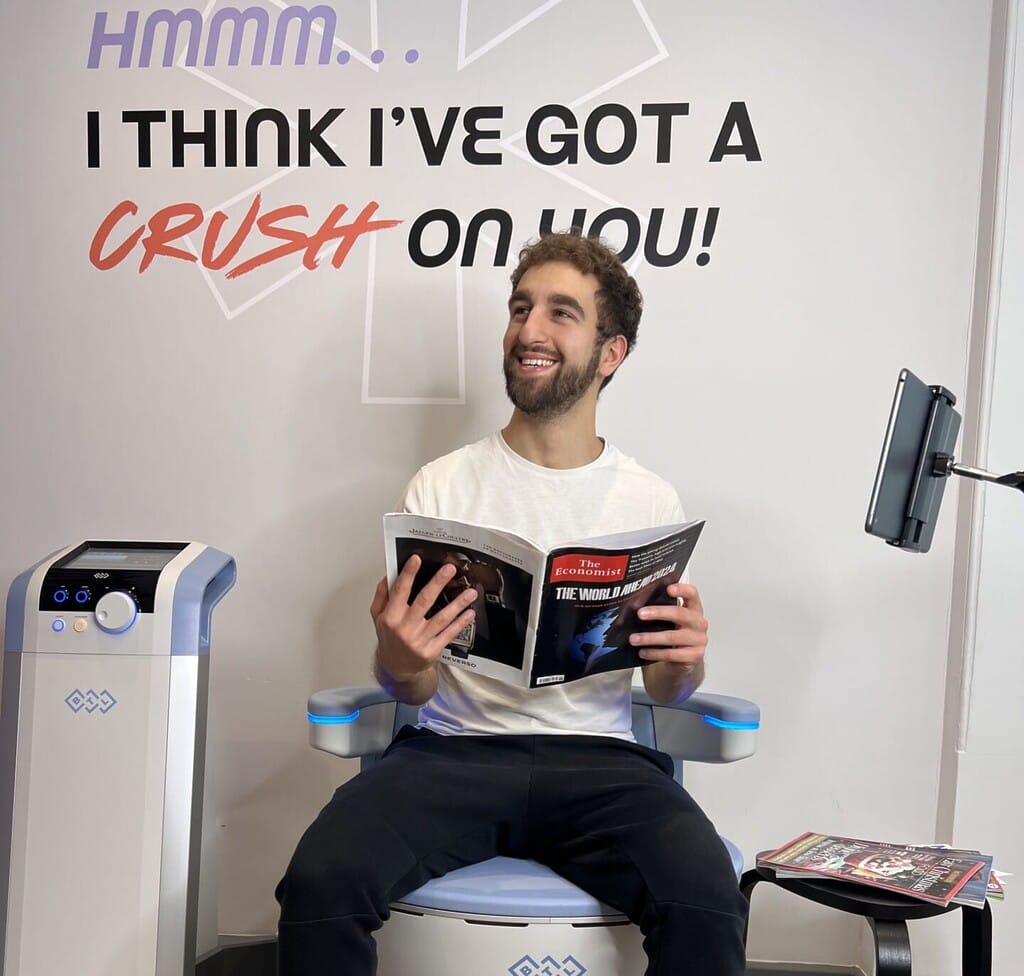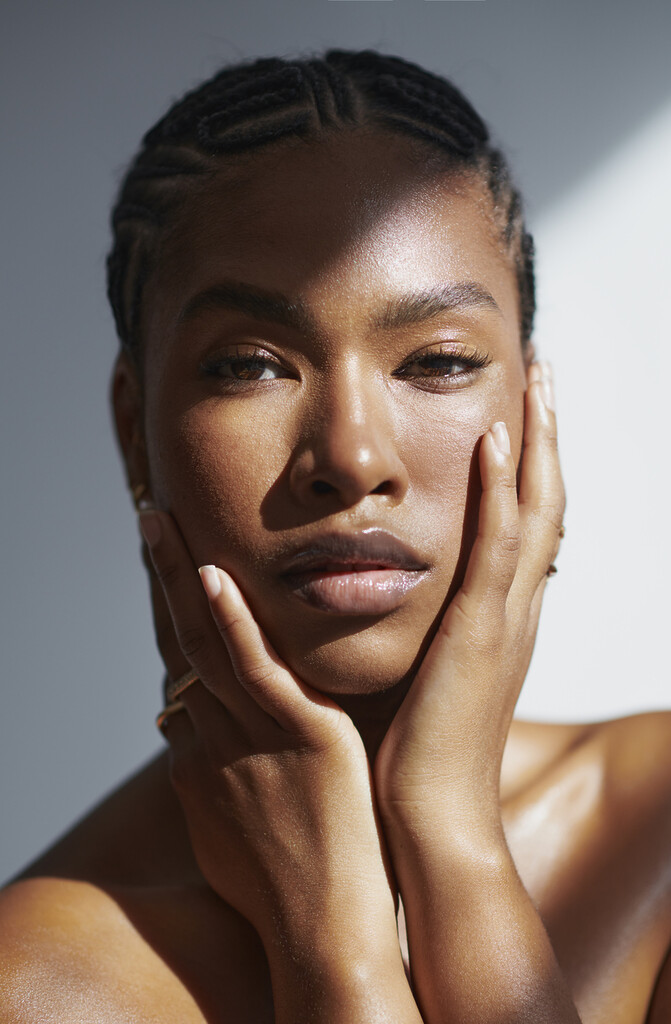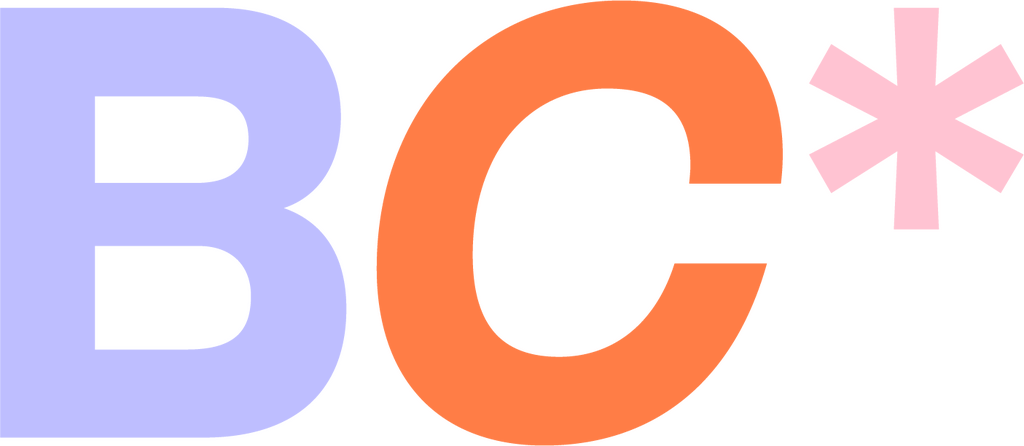Laser hair removal sounds high-tech – because it is. But despite the fancy machinery and clinical setting, the basic idea is surprisingly straightforward. It’s all about using targeted light to disrupt hair growth at the root. And when done properly? It’s one of the most efficient routes to smoother, softer skin without the constant upkeep of razors, wax strips or epilators.
So, how does laser hair removal work exactly? What’s happening under the surface? And is it really safe, or just another overhyped beauty trend?
We’re breaking it all down – simply, clearly, and without the science-y waffle. You don’t need a biology degree to understand it – just a curiosity about how the hell we zap away hair and end up with long-lasting results.
What Actually Happens During Laser Hair Removal?
Here’s the short version: laser hair removal uses a focused beam of light that’s absorbed by the pigment (melanin) in your hair. That light turns into heat, which travels down the shaft and damages the hair follicle at its base – where it grows from. Damaged follicles don’t grow back easily, if at all.
This isn’t the same kind of laser you’d find in a sci-fi movie or your favourite action film. It’s controlled, safe, and specifically calibrated to only affect the hair – not the surrounding skin.
If that sounds like a solid smooth skin solution, that’s because it is. But there’s more to the process than just pointing a laser and hoping for the best.
Why Does Hair Need To Be Treated Multiple Times?
Hair grows in cycles, and laser can only target hairs in the active growth phase – also known as the anagen phase. At any given moment, only about 20% of your body hair is actively growing. The rest? It’s either shedding, resting, or just not visible yet.
That’s why a single session won’t cut it. You’ll typically need 6 to 8 sessions, spaced several weeks apart, to catch all the follicles at the right stage and achieve significant reduction. The goal isn’t just to remove visible hair – it’s to keep it from growing back.
Is Laser Hair Removal Safe For All Skin Types?
Short answer: mostly, yes. But not all lasers are created equal.
Older technologies had limitations, especially for deeper skin tones – because the laser could mistakenly target skin pigment instead of just the hair. But modern devices (like the ones we use at Body Crush London) are built to safely treat a wider range of skin tones and hair types. They’re fast, effective, and designed with skin health in mind.
That said, the treatment still works best when there’s a contrast between skin tone and hair colour – think light skin and dark hair. If your hair is very light blonde, red, white or grey, it may not absorb enough laser energy to be affected – though newer advances are working on this gap.
We always recommend a consultation before starting, to make sure laser is right for your individual skin and hair profile.
Does It Hurt? What Laser Hair Removal Feels Like
We’ll be real – this isn’t a spa facial. But it’s also not the medieval torture some people make it out to be.
Most clients describe the sensation as a quick snap or flick against the skin. Think elastic band. It’s momentary, and far less painful than waxing (no tearing of the skin, no hot wax, no yanking). And the discomfort usually reduces with each session, since there’s less hair to target over time.
Plus, many modern laser systems include built-in cooling mechanisms to keep your skin comfortable throughout. At Body Crush London, we always prioritise comfort – and we’ll talk you through every step so nothing catches you off guard.
What Areas Can Be Treated With Laser Hair Removal?
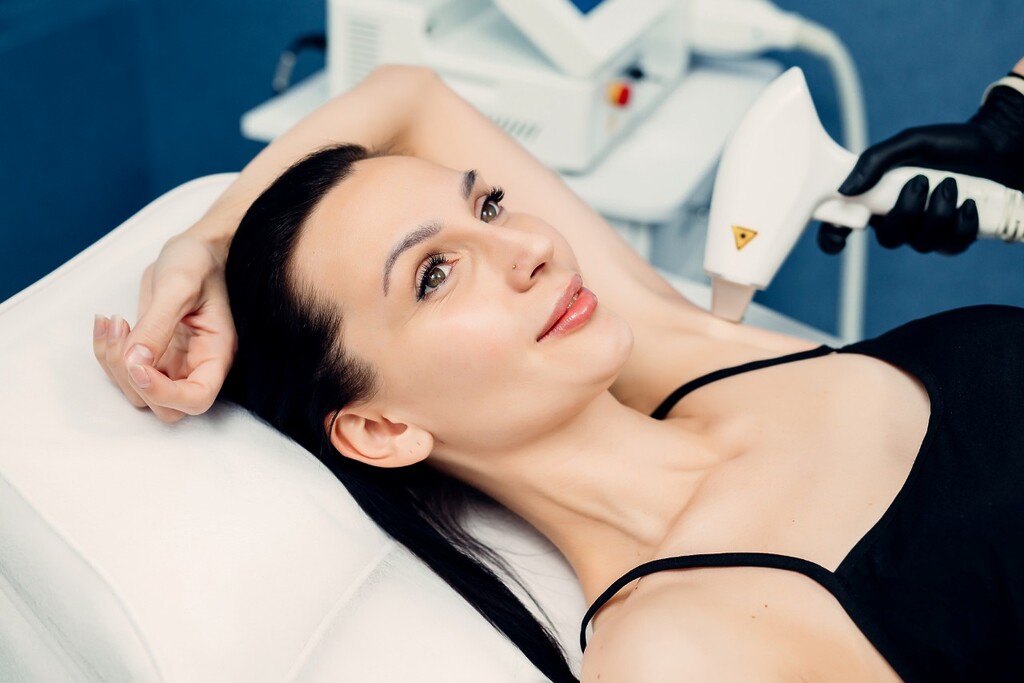
If it grows hair, it can probably be lasered. The most popular areas include:
- Legs
- Underarms
- Bikini line or Hollywood
- Upper lip and chin
- Arms
- Back and shoulders (yes, we treat men too)
Some more sensitive areas – like the face or bikini line – might need slightly more caution or tailored settings, but they’re still perfectly treatable.
Will My Hair Ever Grow Back?
Maybe a little. Laser hair removal significantly reduces hair, but it doesn’t guarantee zero regrowth forever. You might find a few fine, light strands returning months or even years later. That’s normal, especially if your hormones shift (for example, during pregnancy or menopause).
That’s why many clients opt for occasional maintenance sessions once or twice a year – just to keep things in check.
That being said, full, dark, coarse regrowth is extremely rare after a full course of treatment, especially if you’ve had it done properly by trained professionals who were using top-tier equipment.
How Should I Prepare For Laser Hair Removal?
The golden rule is simple: no waxing or plucking before or between treatments. The laser needs the hair root to be present in order to target it, so if you yank it out – the laser has nothing to aim for.
Other top prep tips we’d recommend:
- Shave the area 24 hours before your session
- Avoid sun exposure or tanning products
- Skip retinol or strong acids on treatment areas
- Don’t wear deodorant or lotion to your appointment
Aftercare is simple too: stay cool, keep skin calm, and skip heat or heavy workouts for 24-48 hours post-treatment.
Is Laser Hair Removal Worth It?
If you’re sick of last-minute shaving panic or paying for waxes that grow back in a week, the answer is a resounding yes. It’s an investment in smoother skin, saved time, and feeling more in control of your body – not beholden to daily hair removal. It also helps with ingrown hairs, razor bumps, and that permanently irritated bikini line issue no one likes to talk about.
And at BodyCrush London, we use high-spec devices and a personalised approach to make sure you get real, visible results. Contact us today and take your first step towards silky, smooth and fuzz-free skin today.
